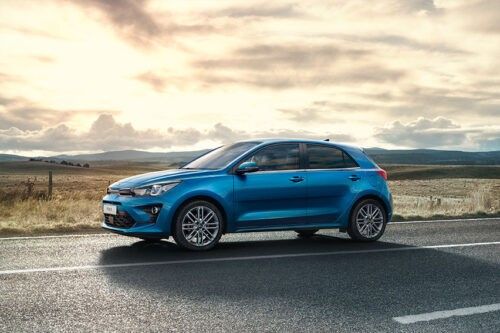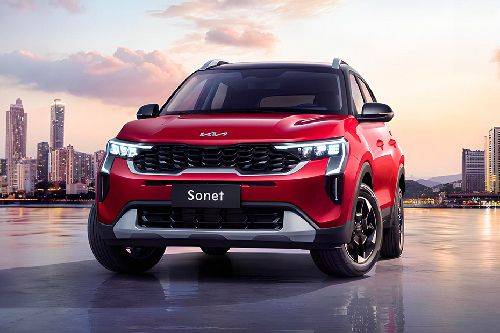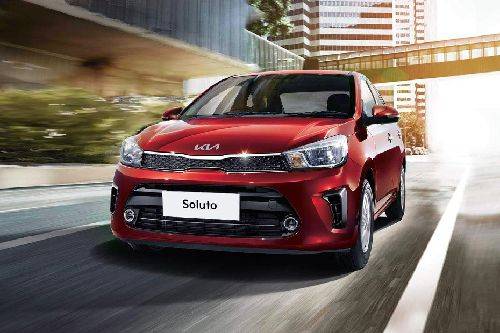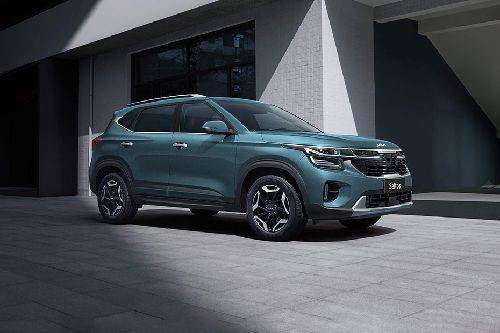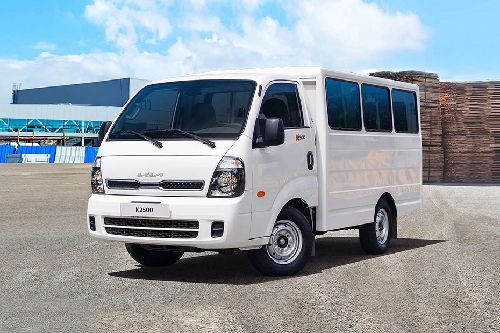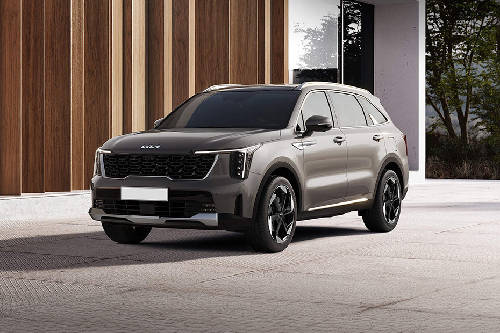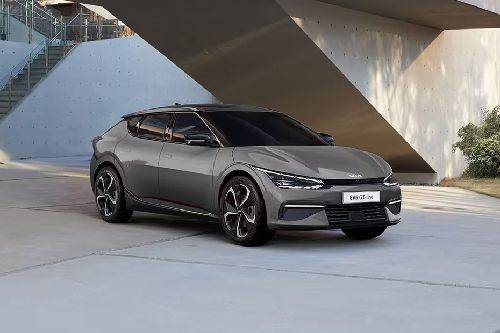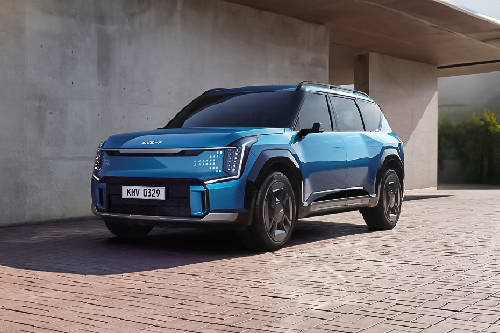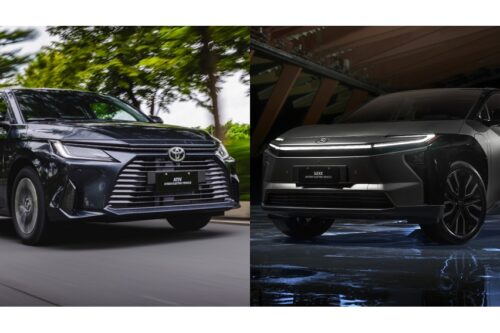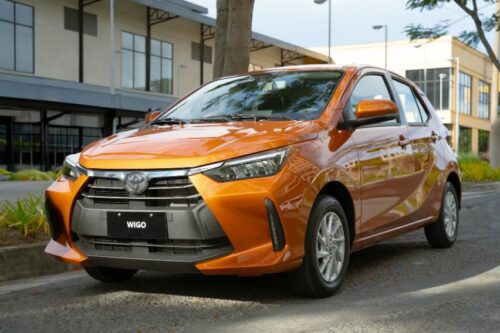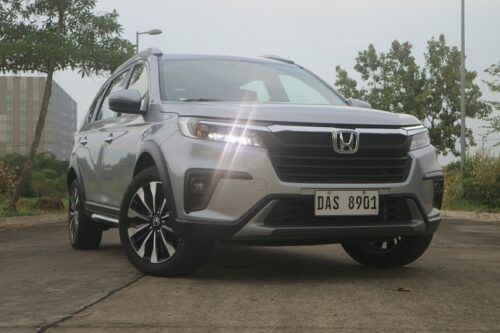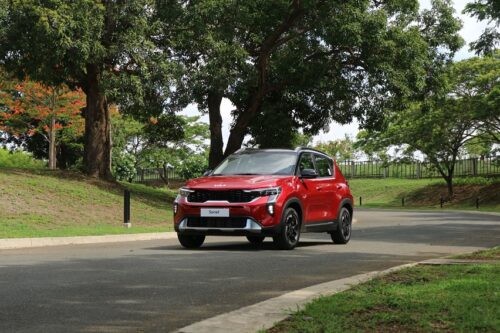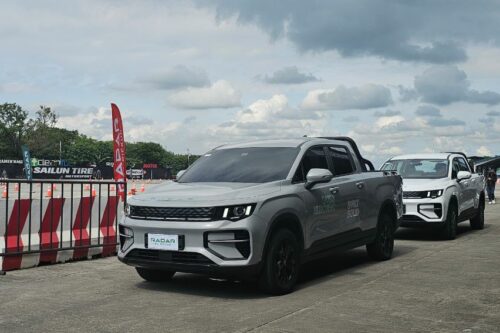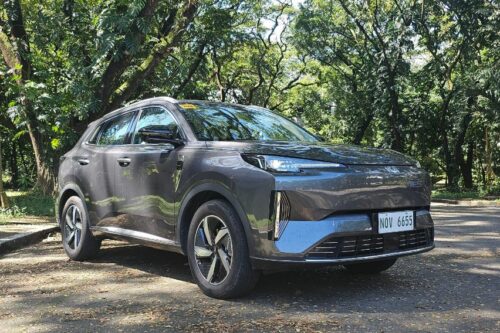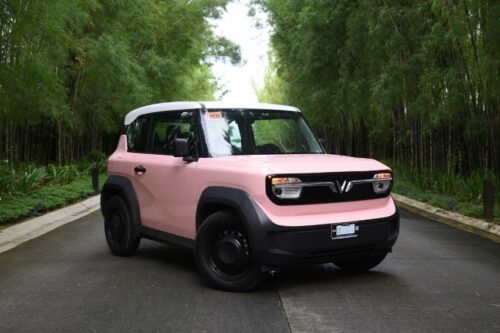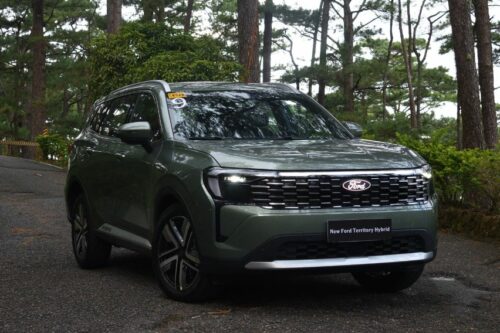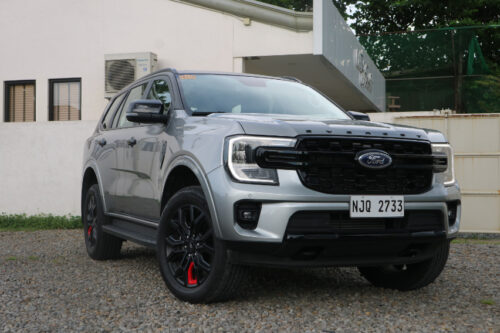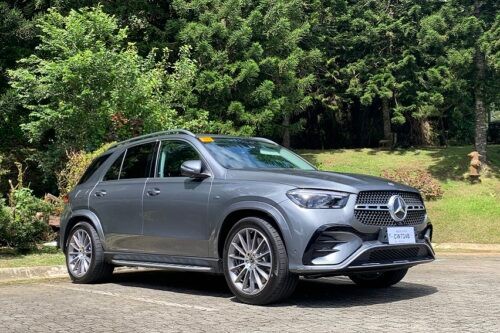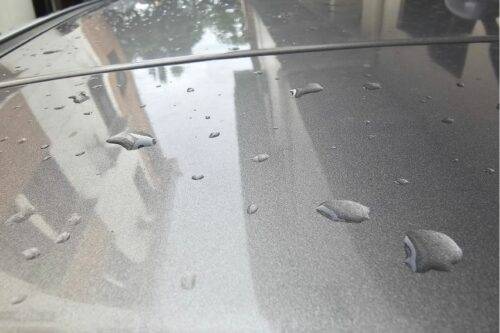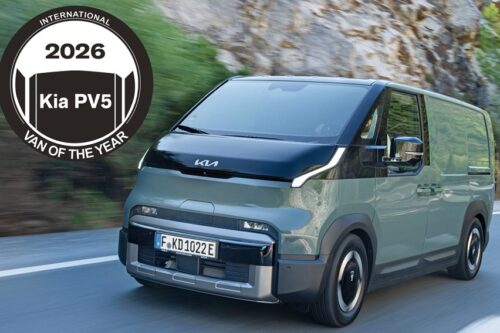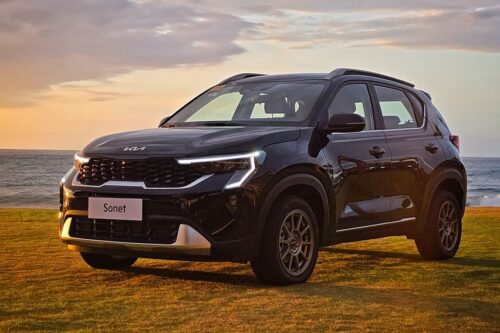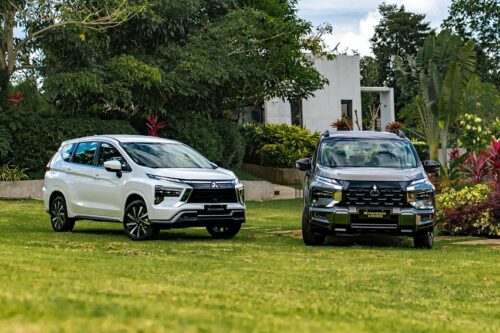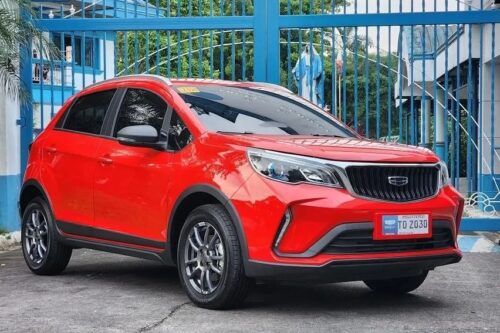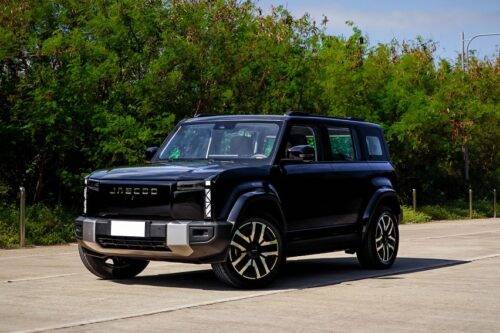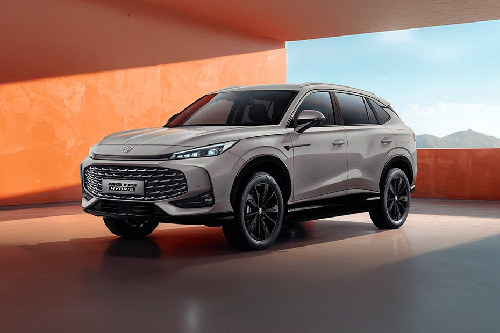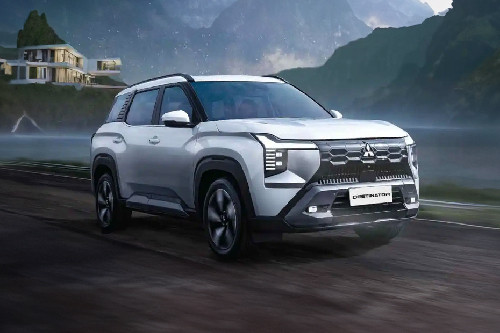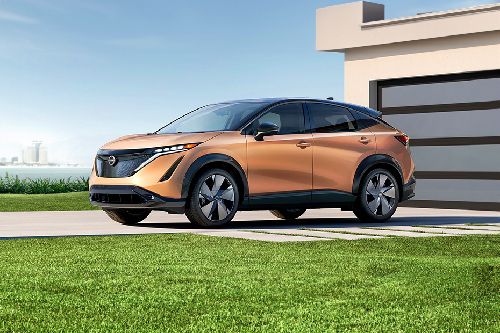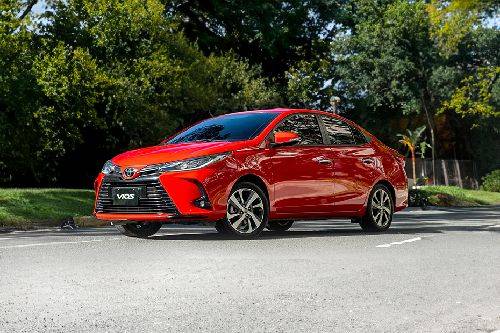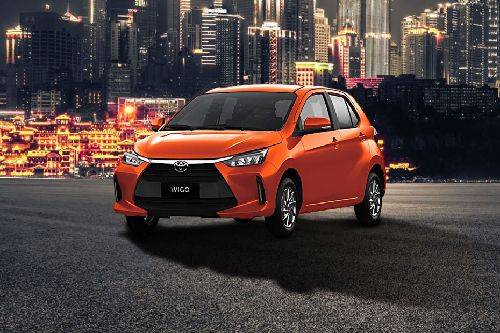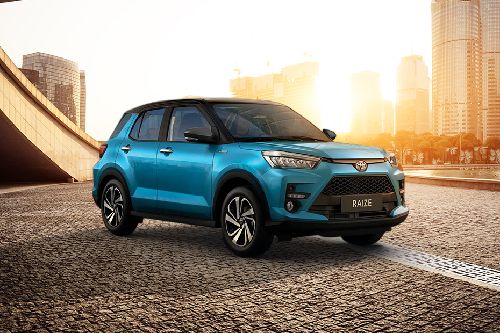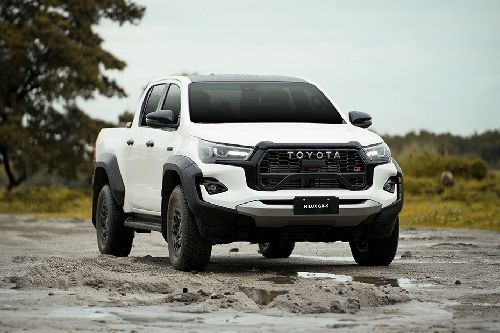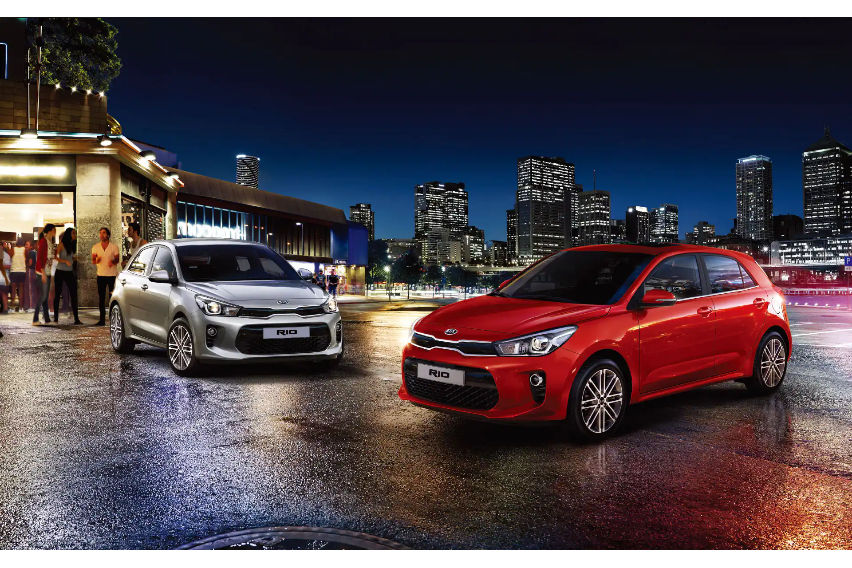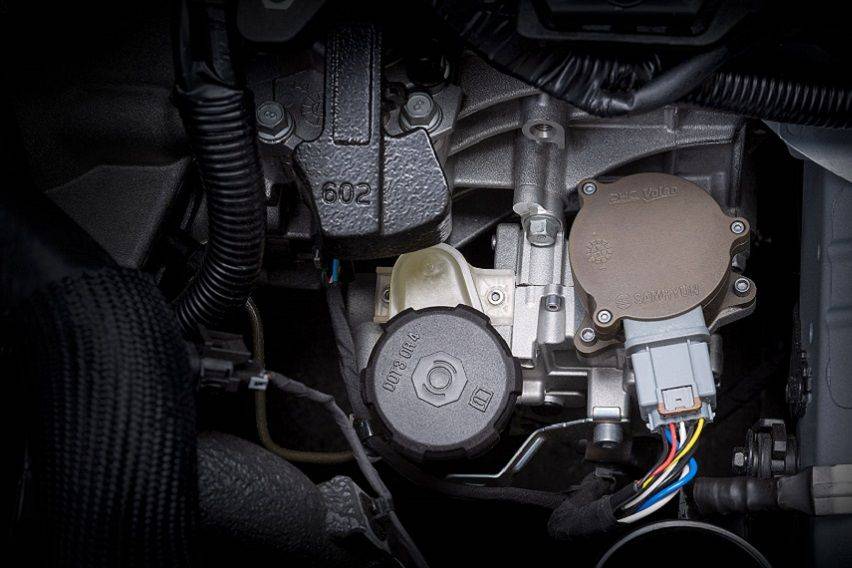The Kia Rio rocks these 5 features
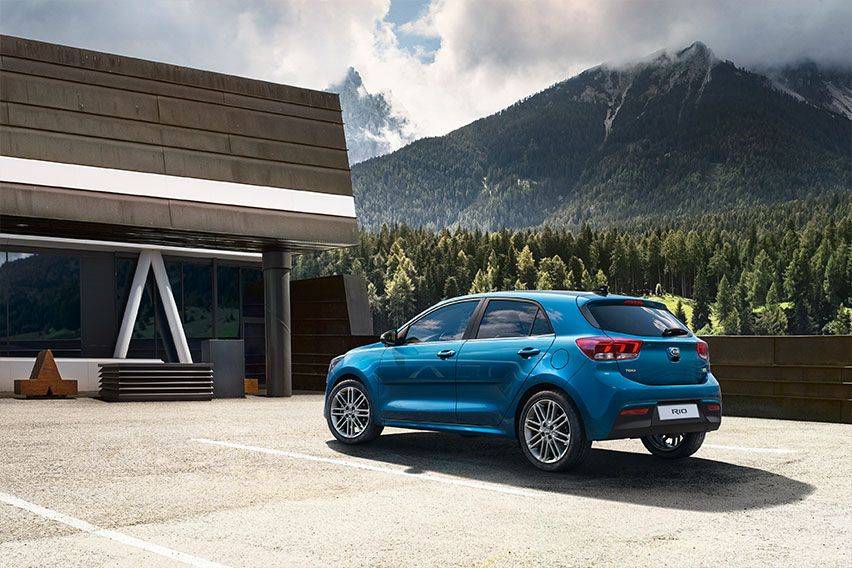
While it has been in the local market for a little over three years, the Kia Rio hatchback that was launched in 2017 has yet to really break out and it’s not for lack of reasons.
Let’s get the obvious out of the way: It looks good, great even.
The Rio design is a perfect blend of style and sportiness implemented by the combined efforts of Kia’s style houses in Germany, California, and Korea. By its soulful look, it’s easy to surmise that the focus of designers were younger customers and buyers who pay attention to car aesthetics. Dominantly featured on the façade is the brand’s Tiger Nose grille and to highlights its dynamism is a short rear overhang.
But the Rio is more than meets the eye and if you haven’t put it on your car-shopping list, let me give you four features that the Rio rocks really well.
Hatchback body
There’s just something cool about driving a hatchback, regardless of its top speed. That ‘80s connection when high-performance hatchbacks were mass produced by automakers really made an imprint on everyone’s mind that now, hatchbacks just somehow imply sporty.
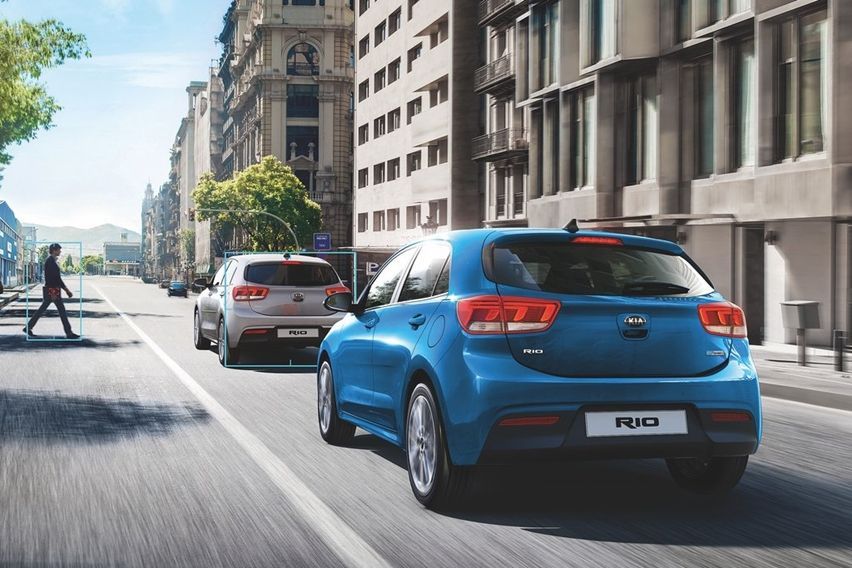
Another benefit of not having a trunk is it’s a lot easier to park, especially on parallel slots by the roadside.
Millennial tech
The young market will love the tech of the Rio and it’s available no matter the trim you buy.
It gets as standard a seven-inch touchscreen display with AM/FM radio and an MP3 player. It has the usual aux-in ports but also comes with new stuff like Bluetooth connectivity so you can pair your mobile device for hands-free calls and audio streaming, but best of all, it comes with Apple CarPlay and Android Auto compatibility so when you plug in via the USB ports, you’ll get your phone’s usability right on the vehicle’s monitor.
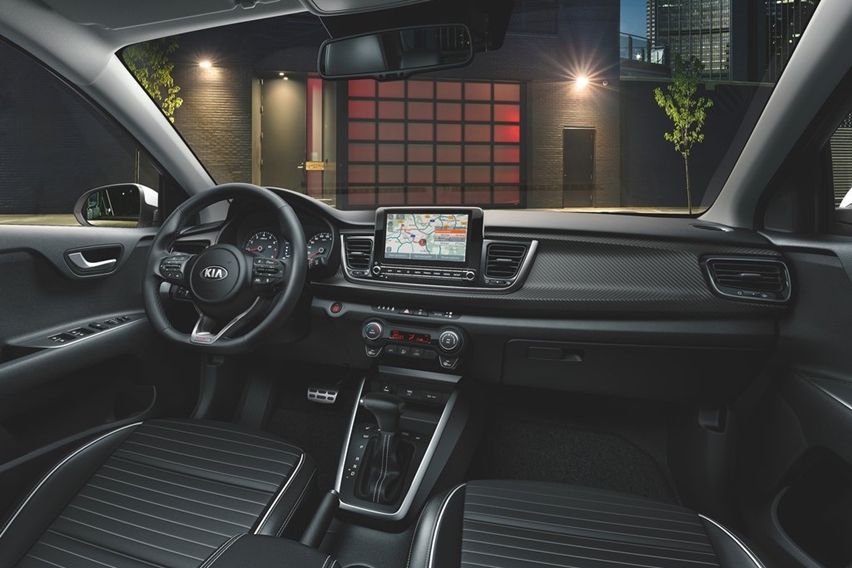
A six speaker-system also comes standard on both the LX and EX.
Storage space
Luggage capacity at 325 liters doesn’t seem much, but that’s because Kia factors in the luggage cover and the computation is based on the Verband der Autombilindustrie, which translates to German Automobile Industry Association. That’s why you see the acronym VBA in the brochure.
Without the cover, you can get 425 liters but with the second-row seats down, you’ll get a whopping 1,410 liters.
Turning radius
It may be a minor detail, something a lot of buyers overlook, but definitely no less important than a vehicle’s power features.
Turning radius indicates the amount of space your vehicle will eat up when making a U-turn, the smaller it is the better.
The Rio has it at 5.1 meters which is just a little better than the average you get from sedans.
Better turning radius means an easier time turning back and just going on side streets once you see EDSA is backed up.
Safety features
Aside from the regular stuff on the brochure like driver and front passenger airbags, ABS (anti-lock braking system), a rear camera display with static guidelines, a rear parking distance warning, two three-point ELR (emergency locking retractor) seatbelts with pretensioners in front, three three-point ELR seatbelts in the rear, an upper and lower child anchor on the rear seats, a child lock system, and an anti-theft system with immobilizer, the Rio body offers hidden features.
It uses more than 51% advanced high-strength steel to provide body rigidity and enhanced cabin protection. The added dynamic performance is just a bonus.
There are eight zones that come with hot-stamped components to strengthen the body structure for improved crash protection.
Finally, it uses 97 meters of structural adhesive, which is almost three times more than the previous generation, for added rigidity while reducing weight, and for a higher level of noise, vibration, and harshness management.
Photos from Kia
Sell your car at the best price
 Verified and genuine buyers
Verified and genuine buyers
Kia Rio Related Stories
- News
- Featured Stories
Kia Car Models
Trending & Fresh Updates
- Latest
- Popular
You might also be interested in
- News
- Featured Stories
Kia Featured Cars
- Latest
- Upcoming
- Popular
Latest Kia Rio Car Videos on Zigwheels

Kia Rio Car Articles From Carmudi
- journal






